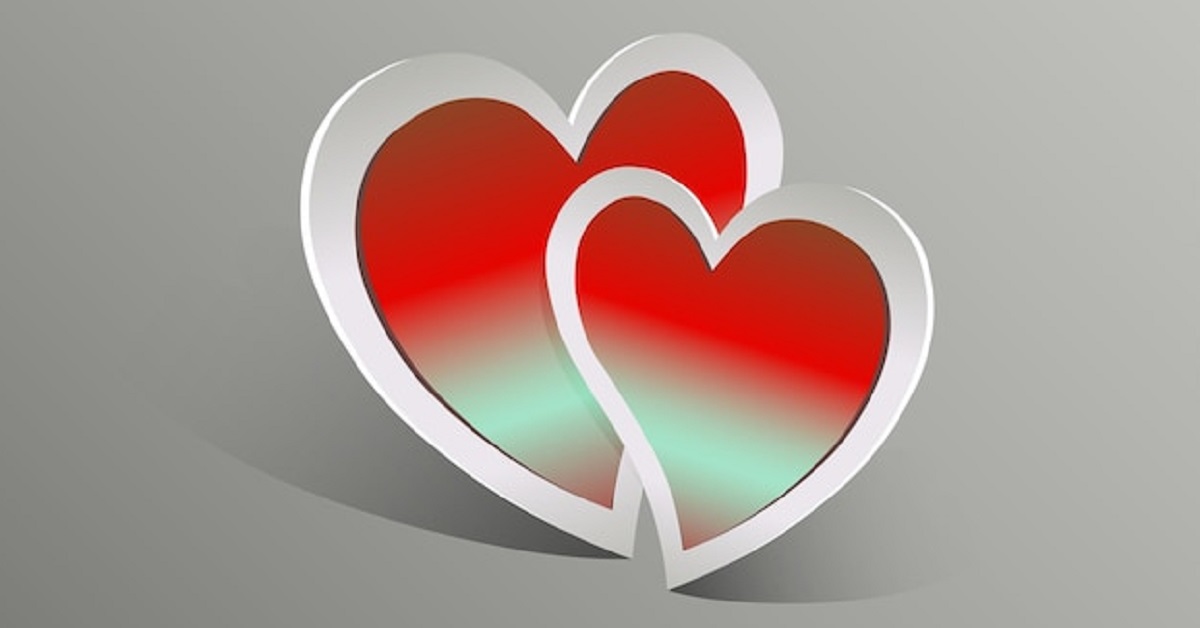Logo: Bzjem6bciwa = Love
Logos have been an integral part of human culture and communication for centuries. They serve as visual representations of ideas, concepts, and entities, often conveying complex messages through simple imagery. The phrase “logo: bzjem6bciwa = love” might seem cryptic at first glance, but it encapsulates the profound connection between symbols (logos) and the universal emotion of love. In this article, we will explore the multifaceted relationship between logos and love, delving into their historical, psychological, and cultural significance.
The Essence of Logos
Historical Perspective
The word “logo” is derived from the Greek word “logos,” meaning “word,” “reason,” or “plan.” In ancient Greece, logos represented a principle of order and knowledge, often associated with the divine reason implicit in the cosmos. Philosophers like Heraclitus and later the Stoics used the term to describe the fundamental order of the universe.
In the context of modern usage, a logo is a graphical symbol or emblem that represents a company, organization, or individual. It is designed to be easily recognizable and to convey the essence of the entity it represents. Logos are ubiquitous in today’s world, appearing on everything from products and advertisements to websites and business cards.
Psychological Impact
From a psychological standpoint, logos play a crucial role in brand recognition and loyalty. They trigger associative networks in our brains, linking the visual symbol to a set of experiences, emotions, and expectations. For instance, when we see the Nike swoosh, we don’t just see a simple checkmark; we think of athleticism, innovation, and high performance.
The power of a logo lies in its ability to evoke emotions and memories. This is where the connection between logos and love becomes particularly interesting. A well-designed logo can inspire feelings of trust, admiration, and affection, much like the emotion of love itself.
Love: A Universal Emotion
The Nature of Love
Love is a complex and multifaceted emotion that has been studied extensively by psychologists, biologists, and philosophers. It encompasses a range of feelings, from the deep affection and attachment we feel for family and friends to the passionate and romantic love we experience in intimate relationships.
Biologically, love involves a cocktail of chemicals, including oxytocin, dopamine, and serotonin, which create feelings of pleasure, bonding, and attachment. Psychologically, love is associated with a sense of security, happiness, and fulfillment.
Cultural Expressions of Love
Love is a universal emotion, but its expression varies widely across cultures. In some societies, love is celebrated through grand gestures and public declarations, while in others, it is expressed more subtly through actions and commitments. Art, literature, music, and dance have all been used to convey the depth and complexity of love throughout human history.
The Intersection of Logos and Love
Logos as Symbols of Love
Given the profound impact that logos can have on our emotions, it is no surprise that they are often used to symbolize love. Heart shapes, intertwined rings, and Cupid’s arrow are all iconic representations of love that have been incorporated into logos and branding. These symbols are universally recognized and evoke strong emotional responses.
For example, the heart symbol is ubiquitous in expressions of love and affection. It appears in everything from Valentine’s Day cards to social media icons, reinforcing its association with love. Companies and organizations that use heart-shaped logos leverage this powerful symbol to convey warmth, compassion, and care.
Brand Love
The concept of “brand love” is a marketing phenomenon where consumers develop strong emotional attachments to brands. This attachment goes beyond mere loyalty; it involves a deep emotional connection that can drive consumer behavior and preferences.
Brands like Apple, Coca-Cola, and Disney have cultivated such strong emotional bonds with their customers that their logos are not just symbols of their products but also representations of the positive experiences and emotions associated with them. When consumers see these logos, they feel a sense of familiarity, trust, and affection, much like the feeling of love.
Case Studies
Apple
Apple’s logo, a simple, bitten apple, is one of the most recognizable logos in the world. It symbolizes not just a technology company but also innovation, creativity, and a certain lifestyle. The emotional connection that many consumers have with Apple products is akin to love, driven by the positive experiences and satisfaction derived from using Apple devices.
Coca-Cola
Coca-Cola’s logo, with its distinctive red color and cursive font, evokes feelings of happiness, nostalgia, and togetherness. Coca-Cola has masterfully positioned itself as more than just a beverage; it is a part of memorable moments and celebrations. The brand’s association with love and joy is evident in its advertising campaigns, which often feature themes of friendship, family, and happiness.
Disney
Disney’s logo, featuring the iconic Cinderella Castle, represents magic, dreams, and childhood wonder. For many, Disney is synonymous with some of the happiest moments of their lives, whether it’s watching a favorite animated film or visiting a Disney theme park. The emotional attachment to Disney is powerful and enduring, much like the feeling of love.
Designing Logos with Love
Principles of Effective Logo Design
Creating a logo that evokes love requires careful consideration of design principles and an understanding of the target audience. Here are some key principles to keep in mind:
- Simplicity: A simple design is often more memorable and effective. It ensures that the logo is easily recognizable and versatile across different mediums.
- Relevance: The logo should be relevant to the brand’s identity and values. It should reflect the essence of what the brand stands for and the emotions it wants to evoke.
- Color: Colors play a significant role in conveying emotions. Warm colors like red and pink are often associated with love and passion, while cool colors like blue and green can evoke feelings of calm and trust.
- Typography: The choice of typography can also influence the emotional impact of a logo. Curved, flowing fonts can convey warmth and friendliness, while bold, angular fonts can suggest strength and confidence.
- Consistency: Consistent use of the logo across all branding materials helps reinforce its association with the brand and the emotions it represents.
Emotional Design
Designing logos with love involves an emotional approach that goes beyond aesthetics. It requires an understanding of human emotions and how they can be triggered through visual elements. Designers often use techniques such as storytelling, symbolism, and cultural references to create logos that resonate on an emotional level.
Conclusion
The phrase “logo: bzjem6bciwa = love” captures the profound connection between visual symbols and the emotion of love. Logos have the power to evoke strong emotional responses, much like love itself. They are more than just graphical representations; they are embodiments of the values, experiences, and emotions associated with the brands they represent.
In a world where branding and visual communication are more important than ever, understanding the intersection of logos and love can provide valuable insights for designers, marketers, and businesses. By creating logos that resonate emotionally, we can forge deeper connections with audiences and inspire feelings of trust, loyalty, and affection. In this way, the simple equation “logo: bzjem6bciwa = love” becomes a powerful tool for building meaningful and lasting relationships in the modern world.


